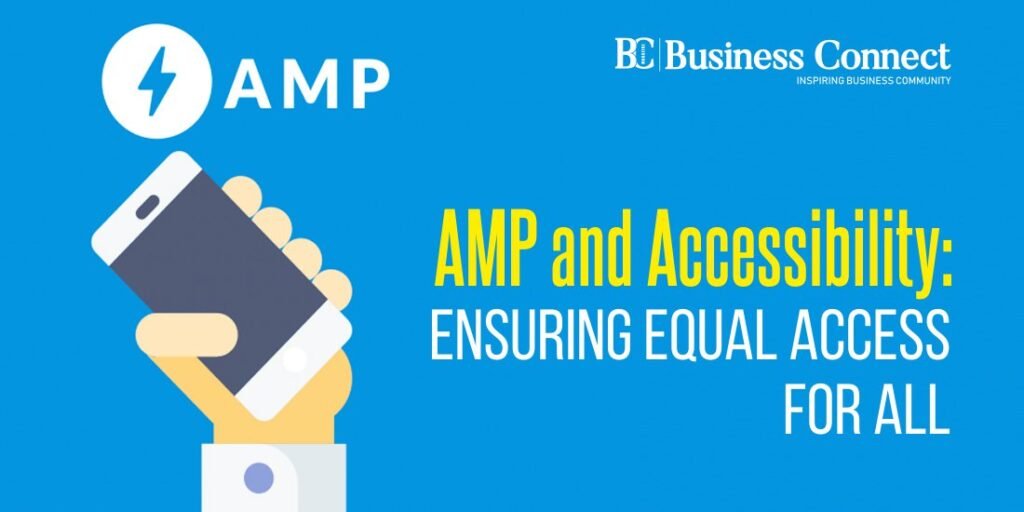AMP and Accessibility: Ensuring Equal Access for All
As a responsible business owner, it is important to ensure that your website is accessible to all users, regardless of their abilities. Making your website accessible not only benefits people with disabilities, but it also helps your website to rank better in search engines.
One of the ways to ensure accessibility is by implementing Accelerated Mobile Pages (AMP) on your website. In this article, we will discuss AMP and accessibility, and how they can work together to ensure equal access for all. If you are starting on crypto trading, visit http://www.limmercoin.me/. It is an amazing online trading platform for a seamless trading experience.
Understanding AMP
Accelerated Mobile Pages (AMP) is an open-source initiative that was launched by Google to help improve the speed and performance of mobile web pages. AMP is designed to strip down web pages to their basic elements, making them load faster and reducing the amount of data needed to be transferred. AMP pages are optimized for mobile devices, and they can be easily shared and embedded on other websites.
The Importance of Accessibility
Accessibility refers to the design and development of websites, tools, and technologies that are usable by people with disabilities. The goal of accessibility is to provide equal access to information and functionality to everyone, regardless of their abilities. Accessibility is not only important for people with disabilities but also for people with temporary disabilities, such as broken limbs, and for those who are aging.
Accessibility and SEO
In addition to being an ethical responsibility, accessibility is also important for search engine optimization (SEO). Search engines like Google prefer websites that are accessible and user-friendly, as they provide a better user experience. Accessible websites are more likely to rank higher in search engine results pages (SERPs), leading to more traffic and better engagement.
How AMP Can Improve Accessibility
AMP can help improve accessibility in several ways. First, AMP pages are designed to be mobile-friendly and accessible, making them easier to use for people with disabilities. Second, AMP pages load quickly, making them more accessible for people with slow internet connections. Finally, AMP pages are more likely to be ranked higher in SERPs, leading to better visibility and accessibility for all users.
Implementing AMP
Implementing AMP on your website is a relatively simple process. You can create AMP pages using HTML and JavaScript, or you can use a plugin to create AMP versions of your existing pages. Once you have created your AMP pages, you will need to add the appropriate markup to your HTML code to let search engines know that your pages are AMP.
Conclusion
In conclusion, implementing AMP on your website is an effective way to improve accessibility and ensure equal access for all users. AMP pages are designed to be mobile-friendly, accessible, and fast-loading, making them ideal for people with disabilities and slow internet connections. In addition, AMP pages are more likely to be ranked higher in SERPs, leading to better visibility and accessibility for all users. By implementing AMP, you can improve the user experience on your website and attract more traffic, leading to increased engagement and better business outcomes.



